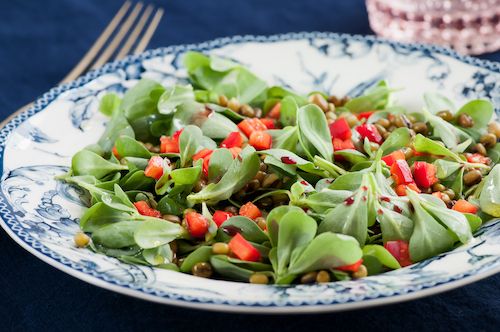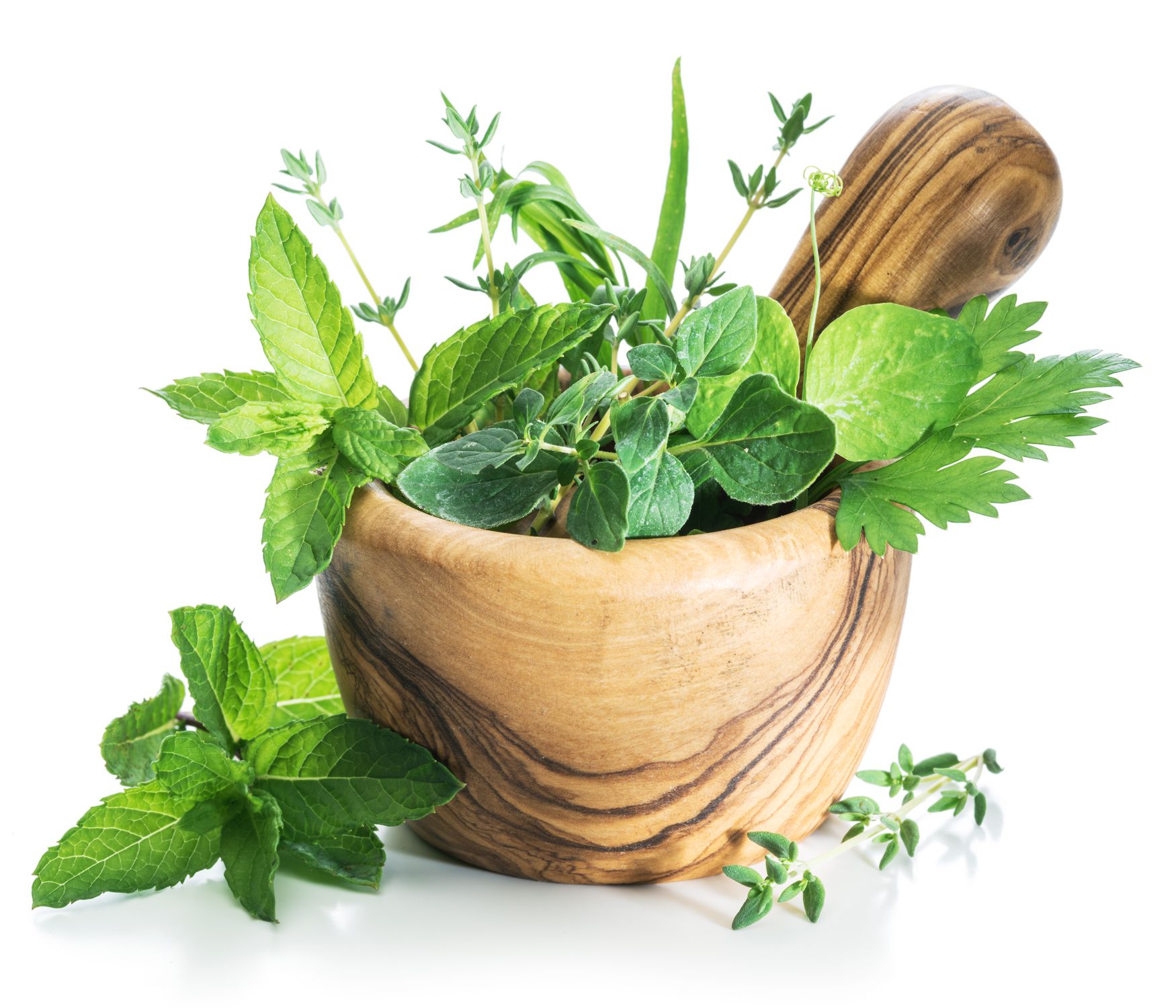The Power of Purslane


Do you weed it or eat it?
When weeding your garden, you’ve probably removed this familiar plant by handfuls, carelessly dismissing it as a useless weed. But wait! It may be considered a weed, but it’s definitely not useless.
In fact, purslane is a highly nutritious plant that’s easy to grow and can be a positive addition to your garden.
What is purslane, anyway?
Common purslane, Potulaca oleracea, is a succulent that grows all over the United States and is characterized by small, rounded green leaves and stems with a reddish tint. Sometimes it produces flowers, which are often yellow. Cultivated varieties have larger leaves than wild purslane, but cultivated varieties are hard to find at garden centers. (Baker Creek Heirloom Seeds currently has purslane seeds available.)
Purslane is incredibly easy to grow. You can plant seeds, but if you already have existing purslane plants in your garden, you can easily propagate via stem cuttings.
Where does purslane grow?
Like many other plants that get classified as weeds, purslane is pretty adaptable in its growing preferences. Purslane thrives in just about any soil, but will especially take root in barren areas where other plants simply shut down and say, “forget it!”
Purslane is fine in dry weather as it’s pretty drought-tolerant and thrives with minimal water, it’s fine in hot temperatures, it’s very hardy, and it loves cracks and crevices.
Part of the secret to purslane’s dry-weather tolerance is a dual photosynthesis process, which includes one for normal weather and another cacti-like process for dry conditions. Purslane is also good at storing water for later use. If you plan to treat purslane more as a crop and less as a weed, you’ll be happy to know that cultivated purslane can grow from seed in as little as 35 days—beating out even some varieties of radishes and other early crops.
Why is purslane in my garden? I didn’t plant it there.
Despite its widespread occurrence in gardens all over the U.S., common purslane probably isn’t native to North America. It’s most likely native to parts of Africa and Asia. But as any botanist knows, plants get around—particularly plants that are beneficial to humans, and purslane’s handy nutritional and medicinal benefits did not go unnoticed by humans throughout history. Purslane was likely in the Americas prior to the voyages of Columbus, so it’s definitely at home here by this point. If you consume purslane, you’re continuing a human culinary tradition that is thousands of years old.
Did you know? Purslane is sometimes called “little hogweed,”
but sadly we don’t know why.
But what do you do with purslane?
It might seem hard to make the mental switch from “hey, get rid of that weed!” to “wow, let’s cultivate this nutritional powerhouse!” but soon you’ll begin looking at purslane with an eye to its impressive qualities.
People often say it tastes “salty” and its unique flavor is useful as a salad green. (You can eat purslane raw or cooked.) But if you’d like to experiment with more than just fresh use in salads, purslane is up to the task.

You can prepare steamed purslane, sauteed purslane, or pickled purslane if you’d like to try it in a variety of ways. Purslane also makes an surprisingly tasty addition to soups or stews. Or, if you appreciate the beauty of purslane, it also makes a cool garnish.
Important: Watch out for purslane look-alikes. Some plants are quite similar to purslane in appearance but are not edible and could be poisonous. Carefully and positively identify all purslane before consuming.
Purslane is significantly more nutritious than you might think—it’s known as one of the most superior sources of Omega-3 fatty acids.
Fun fact: if chickens eat purslane, their eggs will have increased amounts of Omega-3s.
But what if I don’t want purslane in my garden?
Really, even after all the benefits we’ve just described?
If that just isn’t enough to interest you and you’d still like to remove a patch of purslane for your garden, your best bet is probably to grab a hoe and simply use some muscle power.
Just take care to contain the plants as you dispose of them so that any loose seeds don’t decide to propagate on some other part of your property. Dormant purslane seeds can last for years and years.
But we hope you’ll think twice about eradicating any more purslane from the cracks and crevices of your garden. It’s the kind of plant that’s easy to take for granted, and that’s sad when you consider all the fine qualities that purslane has to offer!
Is it the most nutritious weed in the garden?
https://commonsensehome.com/purslane/
Purslane, “the sidewalk superfood”
Tags:Garden & Landscape

Acreage Life is part of the Catalyst Communications Network publication family.


















